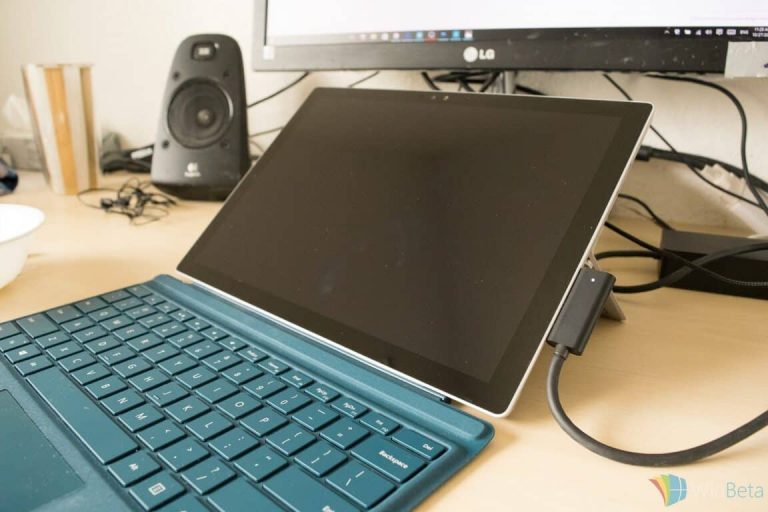Both the Surface Pro 4 and the Surface Book were recently made available for purchase, but it seems both devices are giving a select handful of customers some pretty annoying issues. One of the big issues currently faced by a select number of Surface Pro 4 owners (and in some cases, the Surface Book) is the battery drain when the device is sleeping or in standby mode.
Turns out, it may be because of Windows Hello. If you are experiencing battery drain issues, simply open up the Start menu, tap or click on your user account picture (or type Accounts in Cortana and hit enter), select Change account settings, and then select Sign-in options. From there, remove Windows Hello as your choice for signing-in.
“Through lots of trial and error, I think I found the problem. It’s Windows Hello. Turn it on: get 5 hrs of connected standby. Turn it off: get 87 hrs of connected standby,” one user stated on Microsoft’s official support forum.
Give this a shot and see if it improves your battery. If you see no change, then Windows Hello is not the culprit for you. If it is the reason for your battery drain, we expect Microsoft to roll out a fix via a future firmware update.
Another option to try is adjusting your power options. You can try changing the options from sleep to hibernate. Another useful tool to see what your Surface device was doing during sleep is by running “powercfg /sleepstudy” from the command line with admin privileges. The report will tell you if your CPU was running at full-blast while your device was in sleep mode.
A small number of customers recently have been experiencing some trouble with the Surface Book, reporting a serious issue with the device’s display. In one of the stranger visual bugs that one can experience on a laptop, the Surface Book has been reported incessantly flickering on and off, making the device annoying at best, and borderline unusable at worst. Microsoft is working on a fix and we can expect it in a future firmware update.


